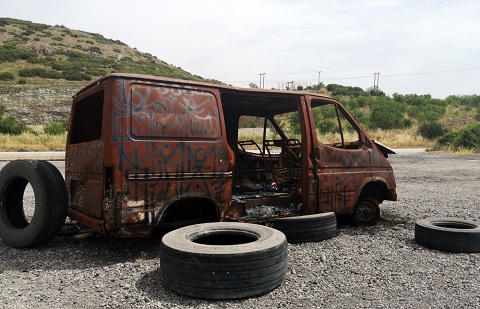Scaffolding is an essential tool in construction, providing workers with safe access to elevated areas. However, without proper maintenance and inspection, scaffolding can pose serious risks to workers’ safety. Here are some tips to ensure the proper maintenance and inspection of scaffolding, along with guidance on finding reliable scaffolding hire services nearby.
Regular Inspections
Regular inspections are crucial for identifying potential hazards and ensuring the structural integrity of the scaffolding. Inspections should be conducted by qualified personnel before each use and after any significant changes or adverse weather conditions. During inspections, check for:
Structural Stability:
Examine the scaffolding for signs of instability, such as leaning or swaying. Ensure all connections are secure and that the base plates are properly seated on stable ground.
Guardrails and Toe Boards:
Inspect guardrails and toe boards to ensure they are securely in place and meet the required height and strength standards. These safety features prevent falls and protect workers from injury.
Planking:
Check the planks used for the working platforms for any signs of damage, such as cracks, splits, or warping. Replace any defective planks immediately to maintain a safe working surface.
Access Points:
Verify that access points, such as ladders and stair towers, are properly installed and secure. Workers should have safe and easy access to the scaffolding at all times.
Weather Conditions:
Consider the impact of weather conditions on the stability and safety of the scaffolding. High winds, rain, or snow can affect the structure’s stability and pose risks to workers. Scaffolding should not be used in adverse weather conditions unless necessary precautions are taken.
Proper Maintenance
Regular maintenance is essential for prolonging the lifespan of scaffolding and ensuring its continued safety and functionality. Some maintenance tips include:
Cleaning:
Keep the scaffolding clean from debris, mud, and other contaminants that can compromise its integrity. Use a brush or compressed air to remove dirt and grime from the components.
Corrosion Control:
Inspect scaffolding components for signs of corrosion, especially in areas exposed to moisture or harsh chemicals. Treat corroded areas with appropriate coatings or replace affected parts to prevent further deterioration.
Storage:
Properly store scaffolding components when not in use to protect them from damage and corrosion. Store them in a dry, well-ventilated area away from direct sunlight and moisture.
Repairs:
Promptly address any damage or defects identified during inspections. Repair or replace damaged components following manufacturer guidelines to maintain the scaffold’s safety and integrity.
Finding Reliable Scaffolding Hire Services Near You
When in need of scaffolding for your construction project, it’s essential to find a reliable and reputable scaffolding hire service nearby. Here are some tips for finding the right provider:
Research:
Start by researching scaffolding hire companies in your area and also on the internet by typing scaffolding hire near me. Look for companies with positive reviews, experience in the industry, and a track record of providing safe and reliable scaffolding solutions.
Ask for Recommendations:
Seek recommendations from colleagues, contractors, or construction professionals who have experience working with scaffolding hire companies. Their insights can help you find a trusted provider.
Check Credentials:
Verify that the scaffolding hire company holds all necessary licenses and certifications required by local regulations. This ensures they adhere to safety standards and best practices in the industry.
Inspect Equipment:
Before renting scaffolding from a company, inspect the equipment to ensure it meets your project requirements and safety standards. Look for signs of wear or damage that could compromise safety.
Compare Quotes:
Obtain quotes from multiple scaffolding hire companies and compare pricing, services, and terms. Choose a provider that offers competitive rates without compromising on quality or safety.
By following these tips for proper maintenance and inspection of scaffolding, along with finding a reliable scaffolding hire service nearby, you can ensure the safety and efficiency of your construction projects. Remember, prioritising safety is paramount when working at heights and investing in quality scaffolding and maintenance practices is key to preventing accidents and injuries.



